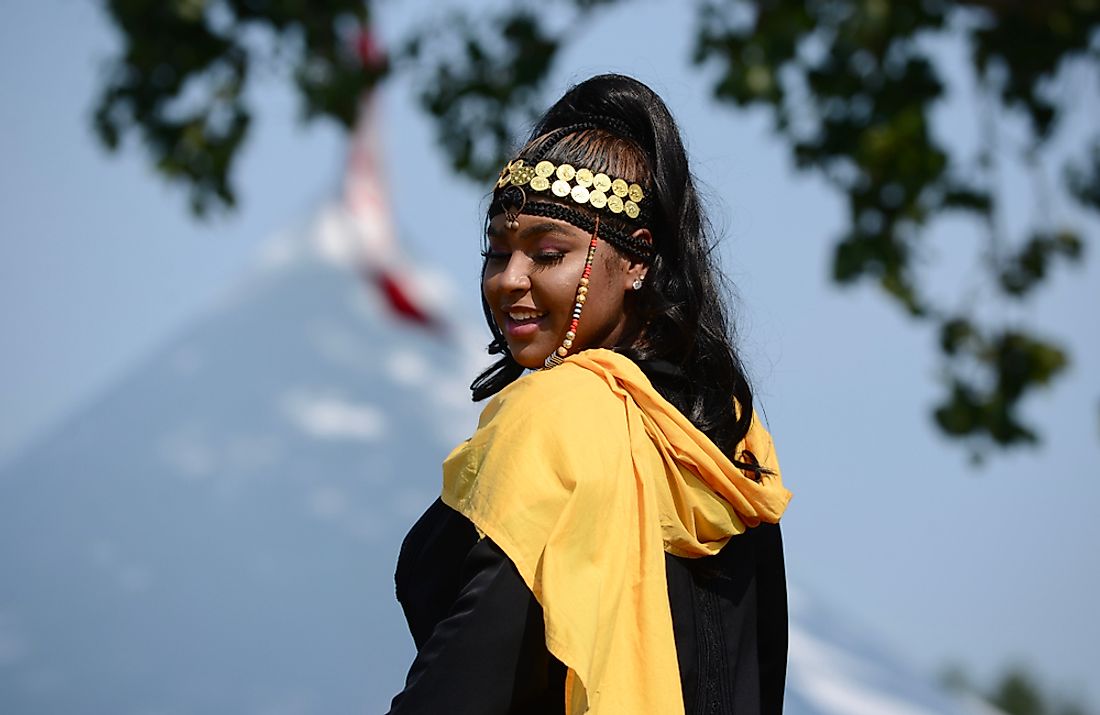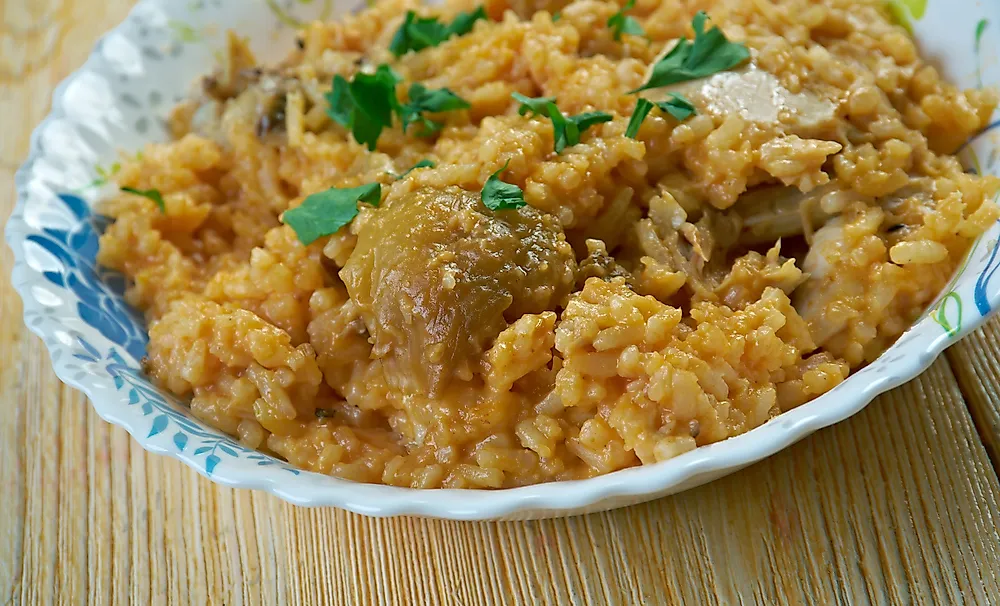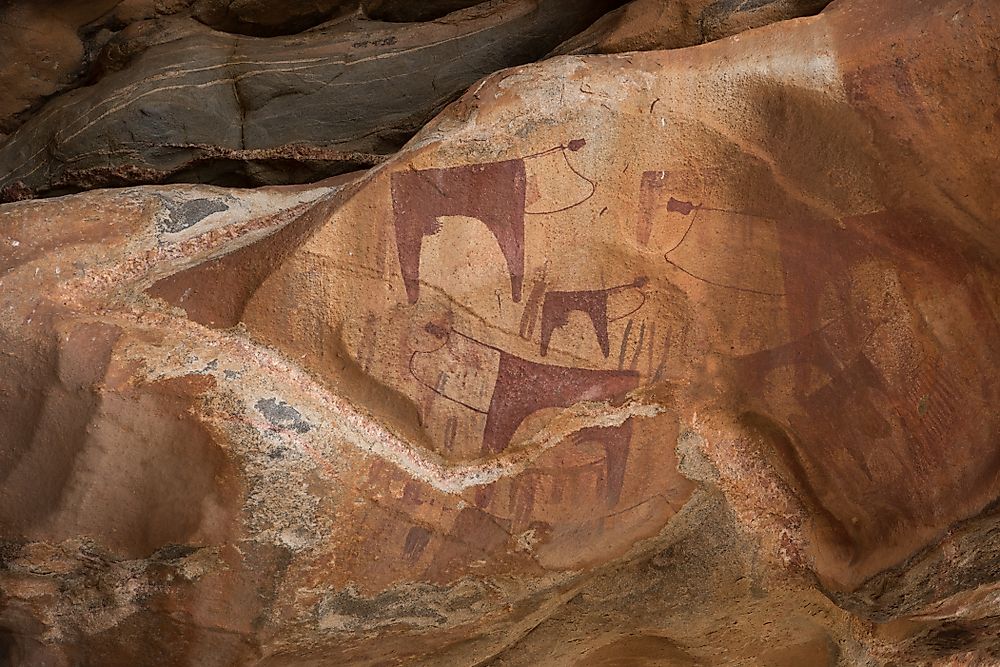The Culture Of Somalia

Located in the Horn of Africa, Somalia is a sovereign nation with a rich culture and long history. The culture of the nation is an amalgamation of traditions of its diverse ethnic groups.
Ethnicity, Language, And Religion
Somalia hosts a population of around 11 million people. 85% of the population comprises of ethnic Somali people. Other non-Somali groups including the Arabs account for the rest of the population. Both Somali and Arabic are the official languages of the nation. Islam is the official religion of the state and nearly the entire population is affiliated to Sunni Islam.
Somali Cuisine

The cuisine of Somalia varies regionally and reflects influences of Arab, Turkish, East African, Indian, and Italian cuisines. Breakfast often starts with a cup of tea or coffee. It is followed by a pancake-like bread called the canjeero. It is eaten with a soup or stew and chopped meat seasoned with garlic, onions, and pepper. A porridge-like dish with sugar and butter is eaten in the Mogadishu area. Lunch is often an elaborate meal. Spiced pasta or rice is usually consumed with vegetable or meat dishes. A combined dish of spaghetti and rice served in equal proportions called “Federation" is popular in Somalia. The rice and spaghetti are served on two sides of a large oval plate. Vegetables and stewed meat are then layered on top.
Arab cuisine-influenced food like hummus, falafel, ful (fava beans), and kimis (white bread), etc., are consumed in the southern parts of the country. Tamarind, grapefruit, or lime juices are often consumed. Lassi is also a popular drink at lunchtimes. Cambuulo (made from azuki beans, butter, and sugar) and muufo (cornbread) are often eaten during dinner. The latter is topped with sugar and sesame oil and served with black tea. Cardamom spiced milk is a common dinner beverage. The Sambusa (a triangular filled patty) is a popular snack in Somalia. Kabaab and chips are also eaten. A variety of fruits like guava, banana, grapefruit are eaten as snacks throughout the day.
The Xalwo or halwa, gashaato (a coconut based confectionary), lows iyo sisin (a sweet made of caramel, sesame, and peanuts), and the jalaato (an ice pop) are some of the best known Somali desserts.
Clothing In Somalia
Women in Somalia wear a long stretch of cloth called the guntiino. It is draped around the waist and tied over the shoulder. On special occasions, they wear the dirac which is a long, light dress. The dirac is usually brightly colored and patterned. Married women also wear headscarves and a shawl. Gold and silver jewelry is worn on special occasions. The traditional garment for men includes the macawis (a sarong-like garment) and the thawb (a white robe worn in the Muslim world). A colorful turban or the taqiyah (a rounded skullcap) is also adorned. In urban areas, both Somali men and women prefer to wear Western-style clothing.
Literature, Art, And Craft

Somalia has a rich oral tradition that involves folk tales and legends passed on from generation to generation. Most Somali folktales carry important social messages. Somalia also has a rich collection of Islamic literature ranging from Hadith to poetry.
The Somali architecture, pottery, and wood carving are quite famous. Due to the heavy influence of Islamic beliefs, Somali art is characterized by its aniconism (absence of material representations of the natural world). However, in the past, Somali art has represented living creatures. For example, ancient rock paintings in the country feature horses and camels. Henna is a significant part of Somali tradition. Women in the country love to wear henna.
Performance Arts
Somalia is well known for its folk music and dance. These are performed during religious and social festivals and ceremonies. Somali songs are pentatonic meaning that they use five pitches per octave. A number of traditional instruments like the oud lute, metal and wooden clappers, vegetable ankle rattles, thumb piano, trumpet, reed flute, and small drums are used to play the music. Dhaanto is a popular style of Somali music and dance.
Sports
Football is Somalia’s most popular sport. The game is played both professionally and informally throughout the country. Basketball is another popular sport. The 1981 FIBA Africa Championship was held in Mogadishu. The Somali athletes have also done well in several international sports competitions. For example, Mo Farah, a Somali native, won two Olympic gold medals and three World Championship gold medals in distance running. The country’s sportsmen have also performed well in boxing and martial arts.
Life In Somalian Society
Although traditional Somalian society is patriarchal in nature, Somali women, especially those in urban areas, have made great progress in the fields of education and employment. With the loss of many men to war and disease, the women of Somalia have had to work outside the homes to earn a living. Today, many women work in various fields of employment ranging from education to politics, business, and even the military. However, rural women are still confined to more traditional roles. The men dominate the households in most rural areas.
Marriages are still arranged, especially in rural areas. The match is usually between an older man and a younger woman. The groom pays a bride price to the bride’s family in exchange for their daughter. Polygyny is common in Somalia. A man can keep four wives at the same time. Divorces rates are also quite high. A Somali wife lives with her husband’s family and tends to the household chores and engages in childcare. In homes with more than one wife, each wife, and her children are often allotted a separate house within a large compound. The male heads the household and his decision is often deemed final on most household matters. Inheritance is usually patrilineal in nature. Somali children are trained to work hard since an early age. Circumcision is an important occasion in an individual’s life. Boys and girls are not encouraged to mix freely after a certain age. Public displays of affection are not encouraged.
The Somali people are known for their hospitable nature. Visitors are warmly welcomed into the home. One common form of greeting a visitor is offering him/her the opportunity to milk an animal and drink the milk so gathered. Incense is burned and tea is also offered. Men usually greet each other with a handshake while women hug or kiss each other.











